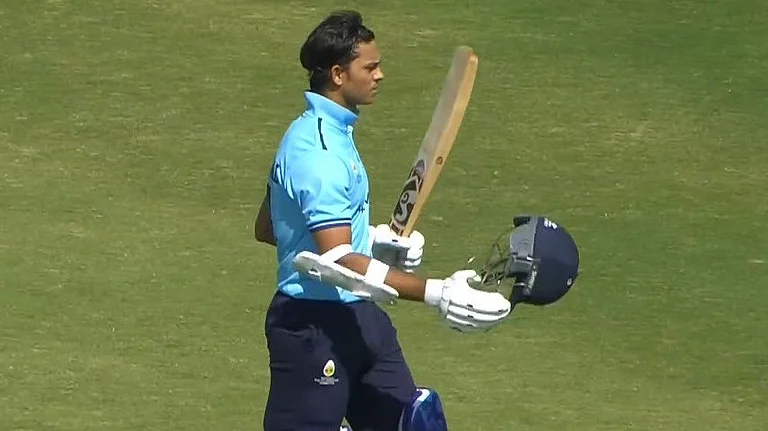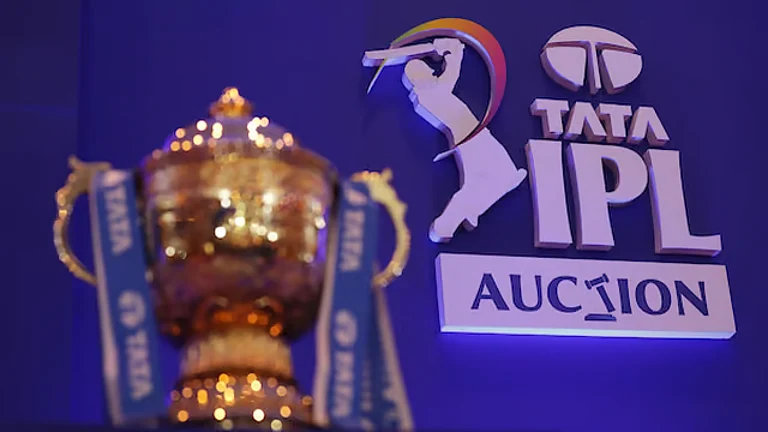Using the Google search engine - so efficient at winnowing the wheat from the chaff - I looked up "Karmapa" on the Internet the other day and got nearly 3,000 sites in 20 seconds. Scrolling down and reading a few, I noticed some were credible some were not, something like what I've seen in the media since the 14-year-old 17th Karmapa escaped from his monastery in Tibet and arrived in Dharamshala, India.
Nothing about the Karmapa is easy, particularly in the convoluted world of politics and diplomacy. Now he is a cat among the pigeons, which oddly brings to mind the name of the Buddha he is predicted to become aeons hence, "The Lion's Roar". For India, of course, the Karmapa comes at a time when its relationship with China is on the mend. For China, his flight is embarrassing, yet it has chosen not to take a hard line. They published their version of a letter the Karmapa left. We have yet to hear from the Karmapa himself about it. And comments interpreted by the media as "veiled threats" were really nothing more than Chinese diplomatic boilerplate. There has been no diplomatic incident over the Karmapa so far, in what is a long drawn-out mulling-over by the Indian government. And cautious action may be a good thing.
A source close to the Karmapa says the latter does not want special treatment. He just wants to be accepted like other Tibetans who have come to India and to be allowed to complete his studies. And indeed, why not? Why shouldn't India let the 17th Karmapa stay, just as the 16th Karmapa stayed here before him? If he is singled out for different treatment from the hundreds of thousands of Tibetan refugees who have requested shelter in India, it might be much more awkward for India than a quiet nod of welcome. The Karmapa has not only a huge Tibetan following, but a huge following outside Tibet and India, in Southeast Asia and the West. India is renowned for its tolerance, hospitality and its assistance to the Tibetans. Should India turn the boy away, it would contradict its tradition of acceptance and regard for humanitarian and spiritual values. As with other Tibetans, India is bound to lay conditions for political activity.
Whether the Karmapa should go to Sikkim or not is a separate issue that the Indian government is doubtless considering, because Sikkim is still viewed as a sensitive area. It doesn't help that in recent years factions hoping to make hay while the cat's away have been trying to cause trouble at the Rumtek monastery. Several of the antagonists have made it their life's work to file one court case after another to either wrest control of Rumtek property or to harass supporters of the 17th Karmapa. Incidentally, three of the four regents of the 16th Karmapa approved the recognition of Ugyen Trinley Dorje as the 17th Karmapa in 1992, the late Jamyang Kongtrul Rimpoche included - and he went on videotape saying so.
But the big question for India is if Sikkim is of any real interest to the Chinese. What's in it for them? Whether China includes it on its maps or not as part of India seems rather a moot point nearly 30 years after it became an Indian state. It's not the medieval period where there's a percentage in taking over small and remote principalities. Unlike Hong Kong and Macau, Sikkim was never considered part of China. It is more in China's interest to develop trade ties with India, perhaps improving relations to the point that Sikkim can become a portal for tourist entry to Tibet. The quickest land route to Lhasa is over the Nathu-la Pass, much easier than the Nepal route.
Tibetan Buddhists venerate the Karmapa and there are reasons for that. Individuals such as the Karmapa - who is believed to be an incarnation of the bodhisattva Avalokiteswara - have special qualities that go beyond journalism and politics. Having known some of these high lamas over a long period, I have seen for myself things that are hard to explain in ordinary terms. There are some interesting eyewitness accounts about the previous Karmapa's escape from Tibet in 1959, also under the nose of the Chinese. He instinctively took the right path, sometimes over the objections of his companions. He was as inexplicably right as they were wrong. How the Karmapa escaped may have more to do with his spiritual stature than any calculated help from China or India-based Tibetans.
The founder of the Kagyu lineage was the Buddhist ascetic Tilopa, whose student Naropa taught Buddhism to the first Tibetan of the lineage, Marpa, who travelled back and forth over the mountains to complete his instruction. Marpa's chief disciple was the famous poet and yogi Milarepa, whose disciple Gampopa was the first Karmapa's guru. Ensuring that the oral transmission of this lineage continues unbroken is what the Karmapa was born for - not to do politics with the Chinese or Indians or aspirants to his assets in Sikkim. Though head of an important lineage and a large monastery, he is not a temporal leader. Though the third highest lama in Tibet, he is not automatically a future replacement for the Dalai Lama. He has his own course to chart in 21 predicted incarnations.
It is hard to separate the exalted from the mundane when it comes to high lamas. The "tests" for finding high lamas, for instance, rely on divination. One of the means by which the Dalai Lama confirmed the recognition of the 17th Karmapa was through a divinatory dream. In matters of this sort, it might behove the government, the politicians and commentators alike to take the humble, larger view that "there are more things in heaven and earth than are dreamt of in your philosophy."
(The author, an American journalist based in Delhi, is a specialist on Buddhist affairs.)


























